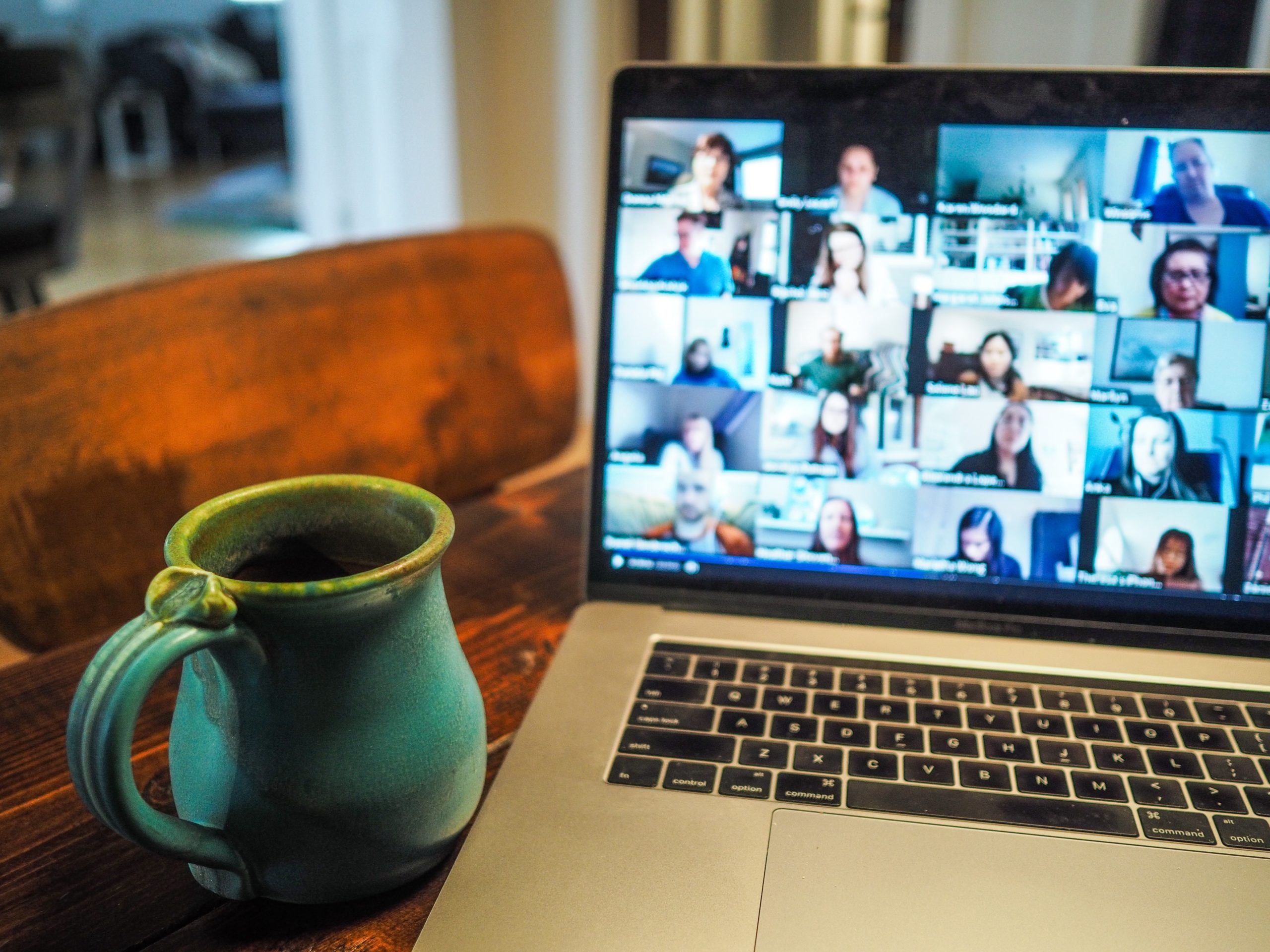
The future of hybrid working
There’s a lot of comment about returning to the office, and depending on who you are talking to, more or less enthusiasm. Conversations, media and academic commentary reveal a mixed picture:
Opinions seem to vary across and between different age groups. Some young people (Gen Z) love the flexibility of working from home or anywhere. For others the novelty of working from the corner of the bedroom or kitchen has long since worn off. Some long for social interaction while for others this is a frightening prospect. Older workers may be happy in their out of town homes, balancing work and family life and don’t relish a return to long distance commuting. Many though, yearn for the stimulation of face-to-face meetings.
Coming together is good for creativity and innovation
A sense of belonging is engendered by meeting with colleagues and sharing ideas, but in some cases, working from home is more productive. Flexibility to work from anywhere is key to attracting and retaining talent. Last year the Financial Times reported US Banks being keen to get everyone back to the office as quickly as possible, citing concerns about risk and financial control. But even here views differ, and market leaders BNY Mellon and Citi have embraced hybrid working.
While those who are established in their roles may be happy working primarily remotely, for those who are new to an organisation, especially if they are starting out in their careers, creating a sense of belonging whilst working remotely has been challenging. Mentoring, coaching and virtual training are recommended to help equip the newbies for their roles (FT, 2021). The longer-term career impact of remote working on groups such as women with childcare responsibilities, or those with disabilities, remains unclear. Whilst the increased flexibility is great in the short term, data suggests some concern about the impact on career prospects.
How will businesses move forward?
Will there be prescribed days for everyone to be in the office, or freedom to choose? If street traffic in London is anything to go by, mid-week seems to be the current preference. Professor Nick Bloom, in his research for Stanford University (Bloom, 2021), thinks hybrid working is here to stay, generally with a split of 2/3 days in each location. He suggests that some independent professional roles such graphic design, basic IT, payroll will continue to be 100% remote. This opens up the opportunity to envision a global labour market, and an increase in offshoring and outsourcing may well be one of the outcomes in the longer term.
Ideas on how to manage through these challenges are emerging in management literature. In the Harvard Business Review this week, Haas (2022) recommends drawing on the 5Cs of communication, co-ordination, connection, creativity and culture to take employees on the journey. In a similar vein, Bailey and Rehman (HBR, 2022) advocate recognising where people are on the resistance/support spectrum and using dialogue to convince sceptics.
The only consistent themes are uncertainty and change.
This requires leaders to focus on the things they can control, such as consistent communication with their employees, to help build resilience and willingness to adapt to the changes around them. There’s plenty of evidence that executive coaching works (Bozer and Jones, 2018), and whilst it’s still early days, research is emerging to show that coaching interventions undertaken during the pandemic have been beneficial to participants (Jarosz, 2021). As we move out of the current phase of COVID and towards a new normal, time and space to think through the implications for self, team and organisation will remain equally valuable.
I’d love to know what you think.
Executive Coach Fiona Wilkinson specialises in working with leaders who are taking on new responsibilities, stepping up to a bigger role or preparing for promotion, where the impact of coaching can be transformational.
References:
Bailey, J. R. and Rehman, S. (2022). How to Overcome Return-to-Office Resistance. Harvard Business Review, February 14.
Bloom, N. (2021). ‘It is becoming pretty clear now that hybrid working is here to stay’. The Stanford professor argues that the revolution in homeworking could usher in a new era of globalisation in services. Financial Times, December 22
Bozer, G. and Jones, R. J. (2018). Understanding the Factors that Determine Workplace Coaching Effectiveness: A Systematic Literature Review. European Journal of Work and Organizational Psychology, 27(3), 342-361.
Deloitte: 2021 Global Human Capital Trends.
https://www2.deloitte.com/global/en/insights/focus/human-capital-trends/2021/workforce-trends-2020.html#designing-work-well-being
Haas, M. (2022). 5 Challenges of Hybrid Work — and How to Overcome Them. Harvard Business Review. February 15.
Financial Times (2021). Return to the office: FT readers discuss camaraderie, collaboration — and presenteeism. Survey results show how different genders and generations view the new workplace. November 14.
Jarosz, J. (2021) ‘The impact of coaching on well-being and performance of managers and their teams during pandemic’. International Journal of Evidence Based Coaching and Mentoring, 19 (1), pp.4-27. DOI: 10.24384/n5ht-2722

+ 2 more
A thinking partner helping leaders in business to navigate transitions with confidence